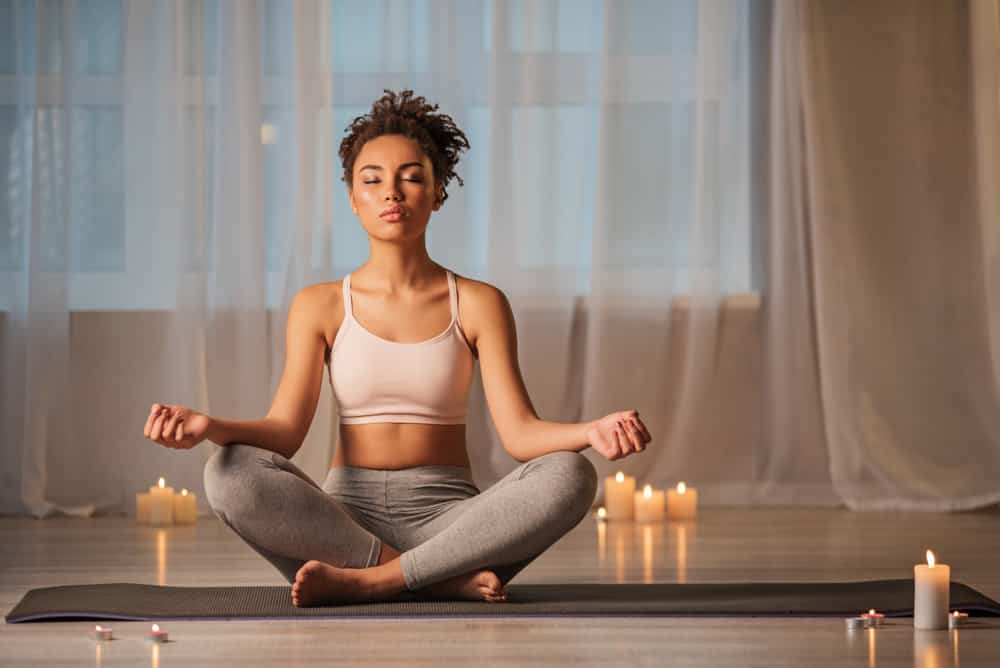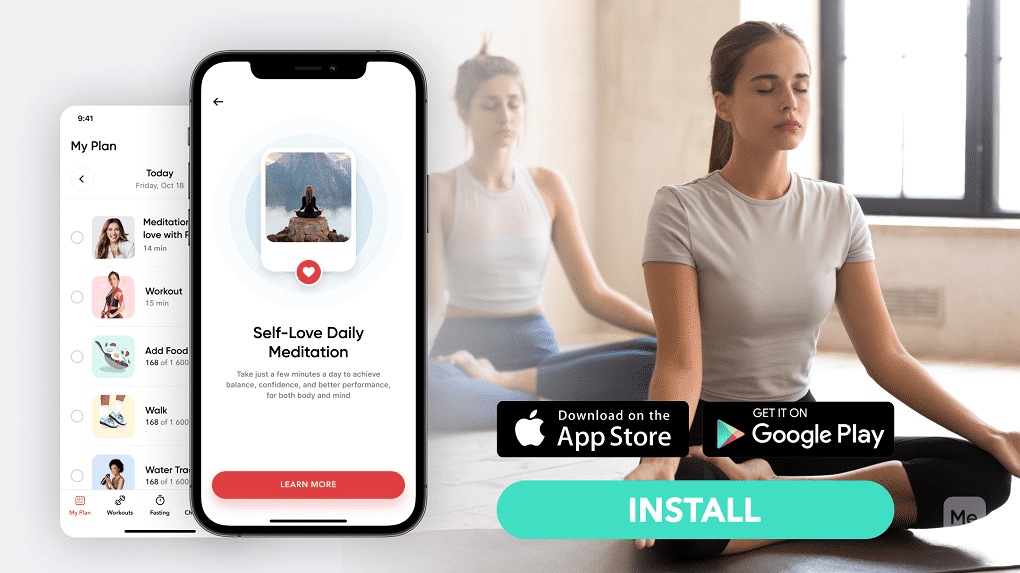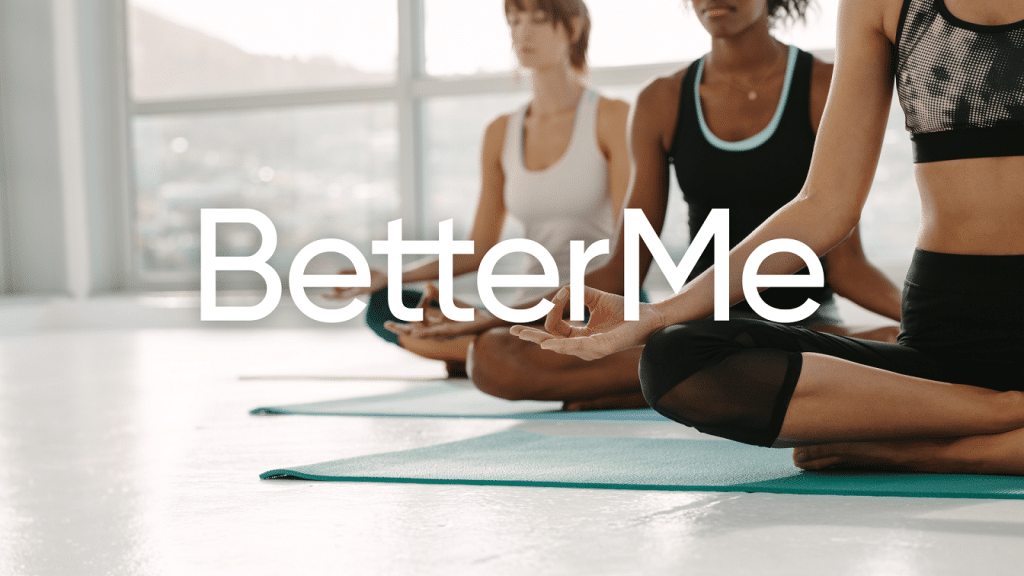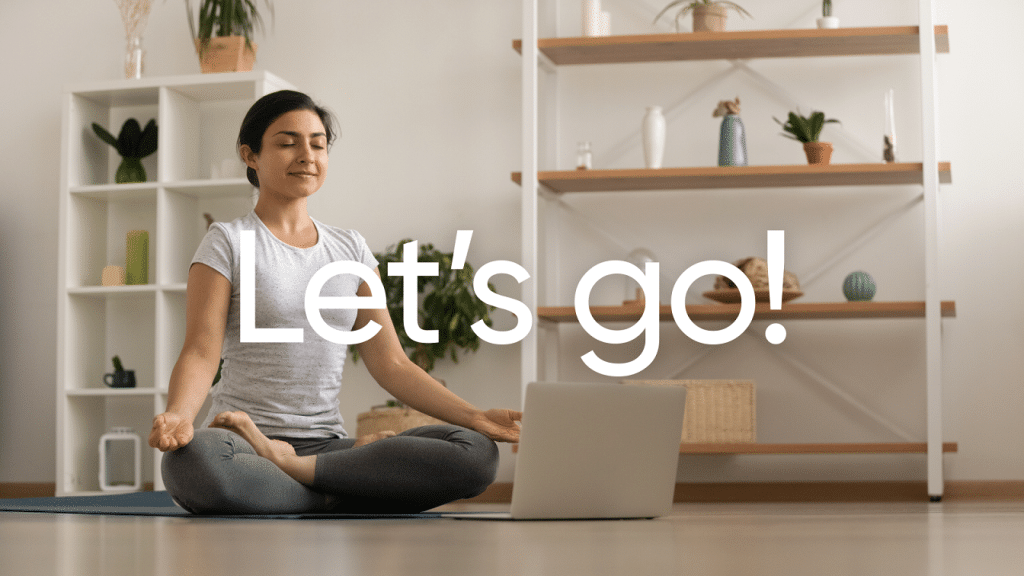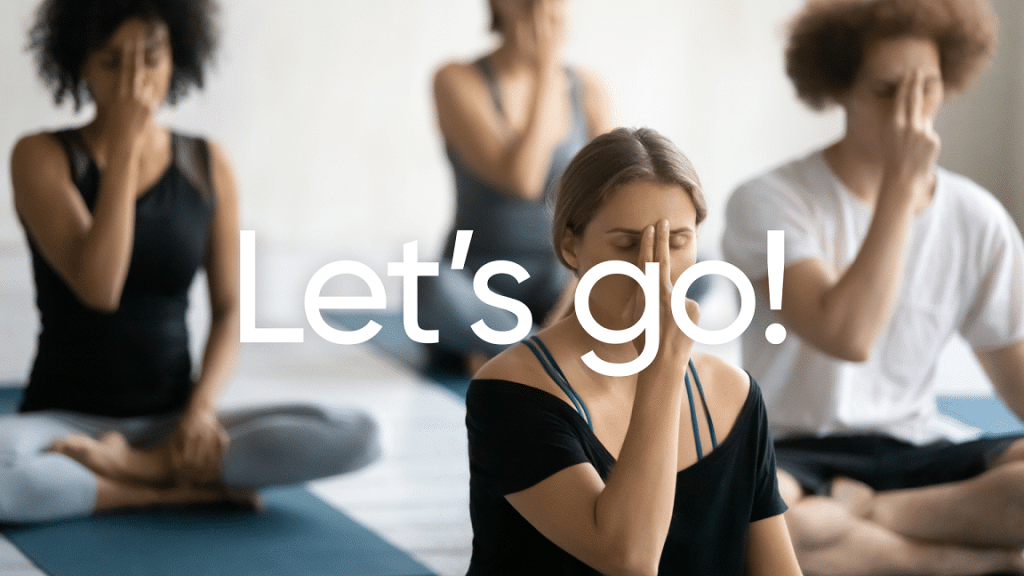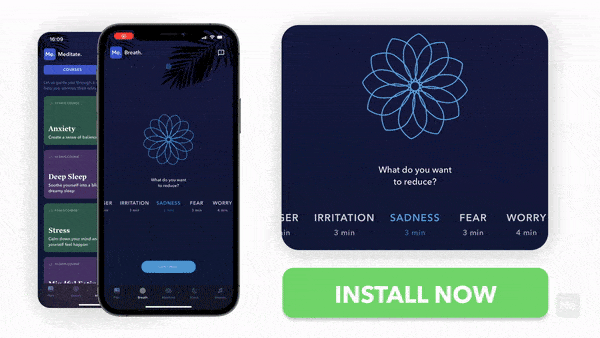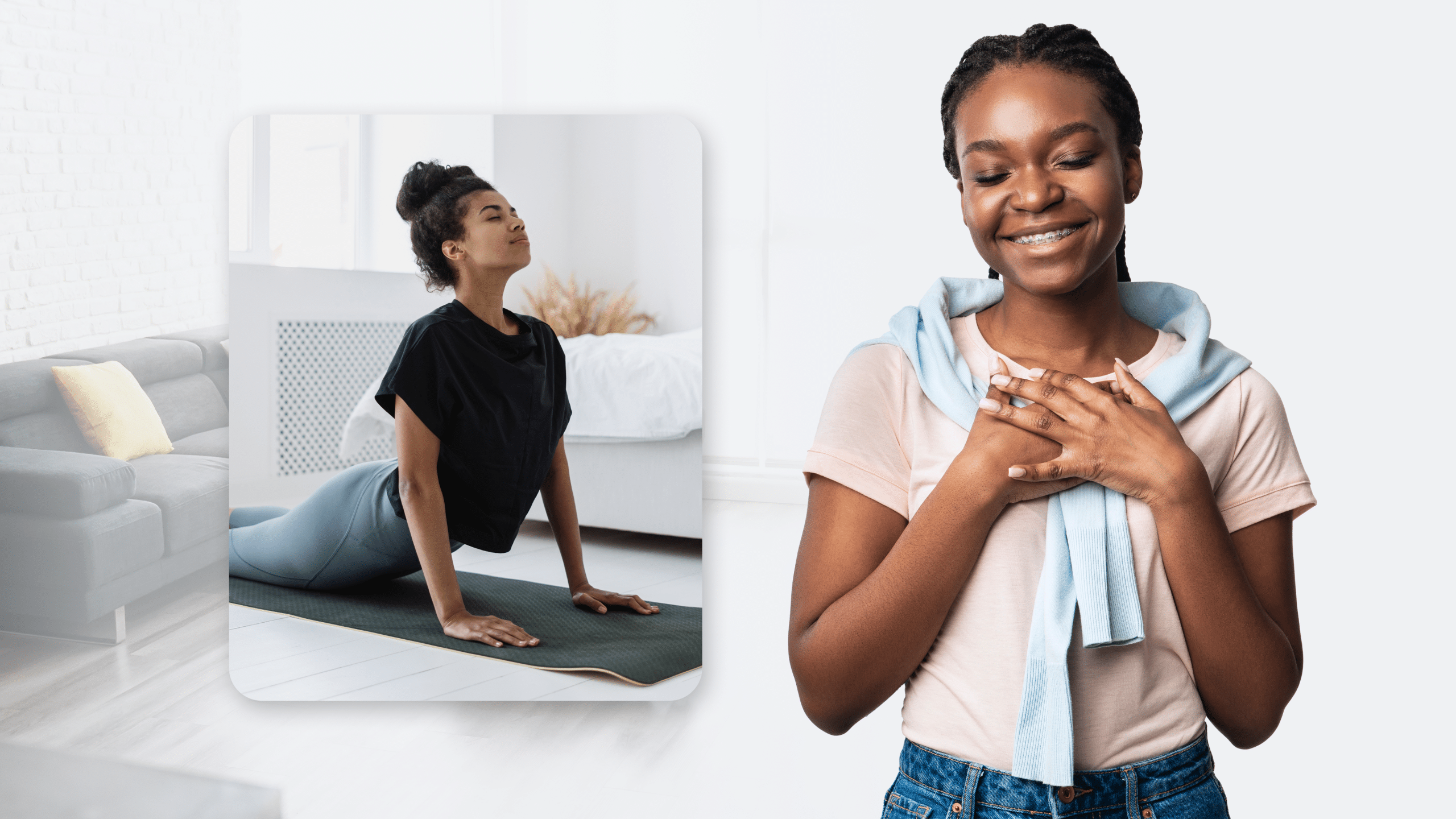Starting anything, for example, a business, joining a new school, diet, or exercise routine, requires proper research, so that you know exactly what you are getting yourself into. The same applies to meditation, and in this case, mindfulness, in which you need to understand the basics to engage in it appropriately and reap maximum benefits. Here is the scoop on what you need to know about mindfulness for beginners (1).
Meditation is not for a specific religion, culture, type, or class of people. It can be performed by anyone, as long as they understand the purpose and how to meditate correctly. Therefore, it is important to obtain adequate knowledge of mindfulness meditation for beginners to kick-start this healthy practice on the right footing and gain from the practice.
What Is Mindfulness?
According to Healthline, there are 9 popular types of meditation practice, and mindfulness is one of them. The others are spiritual, focused, mantra, movement, progressive, transcendental, loving-kindness, and visualization meditations. In mindfulness meditation, concentration and awareness are combined. Focus is on your thoughts, feelings, or sensations without judging or becoming involved with them- simply observe and take note of the patterns (1).
The founder of American Mindfulness Movement, Dr. John Kabat-Zinn, who, according to Psychology Today, introduced the term “mindfulness” to the public in his now-classic book, Full Catastrophe Living: Using the Wisdom of Your Body and Mind to Face Stress, Pain, and Illness, that was published in 1990. John Kabat-Zinn defines mindfulness as the awareness that arises through paying attention, on purpose, in the present moment, non-judgmentally (1).
Similar to when you are concentrating on a movie and reacting to different scenes, for example crying when the part is really sad and laughing your heart out when it is funny before coming back to your senses that it is just a movie, mindfulness is about being in such awareness of thoughts and sensations. It is not a thought or sensation in itself, but awareness of these thoughts and sensations such as breathing, sounds, or any of the five senses (touch, smell, sight, hearing, and taste). Whether negative or positive, you observe without judging and do nothing to change the present moment. The same way you realize it is just a movie, watch your breath, a flower, a headache, or anything else and just purposefully pay attention non-judgmentally.
The most crucial component of mindfulness is awareness or attention. This awareness must be intentional; therefore, you consciously bring it to rest on something- i.e. you do not leave it up to chance. Non-judgemental means that there is no standard to judge your mindfulness or perfect way to do it. Considering that your mind will keep wandering during the practice, do not be too hard on yourself- every time it wanders, bring it gently to the present moment.
Mindfulness For Beginners: How To Meditate Mindfulness For Beginners
According to William Shakespeare in Hamlet Act 2, scene 2, there is nothing that is either good or bad; our thinking makes it so. This means that simply that just because the mind is thinking certain thoughts, it does not mean that they are valid or you have to get entangled in them. Just watch without judging. Here is how to practice mindfulness for beginners (1).
Read More: Mindfulness Tips: Practical Ways To Improve Your Awareness And Bring Balance To Daily Life
Preparation
Mindfulness will most likely be uncomfortable at first because you are retraining the mind to work differently. Here are steps on how to prepare for a mindful session.
- Select a regular time for the practice every day- it is best to set aside a period when you are fully alert, and there are minimal distractions. From the very beginning, hold yourself accountable to a goal, for instance, by marking on the calendar every time you complete a session.
- As a beginner, you cannot start day 1 by engaging in 20 minutes of mindfulness. Start with 5 minutes daily for the first few days (for example 3 days), then slowly build up to 10 minutes (for another 3 days), before practising for 20 minutes on the 7th day. Note that you will start benefiting from the practice when you perform it for more extended periods (3).
- Check that the seat or floor to be used is comfortable and can support your posture. You can add a cushion for sitting on.
If you wish to reach into the deep crevices of your mind, take yourself out of the mental loop, regain balance, infuse yourself with optimism, and cultivate compassion – BetterMe: Meditation & Sleep app is exactly what you need!
Mindfulness Meditation Practice
Mindfulness is simple but not easy. Here are examples of simple mindfulness exercises for beginners, as suggested by Psychology Today:
-
The Hourglass
Based on the initial definition of mindfulness, you can direct the object and range of your attention,i.e., choose what to think about and to what extent.
- Let your attention be wide.
- Without judging, notice what is going on around you at the moment, i.e. your breathing, senses, thoughts.
- After 60 seconds, narrow down your attention to only your breath.
- Mindfulness of breath meditation for beginners involves noticing the sensation of air moving in and out of your nose, throat and lungs.
- If the mind wanders away, gently bring it back and concentrate again on your breath.
- After 60 seconds of this focused attention, widen the scope.
- The exercise involves shifting your attention from wide to narrow and back to wide to help you get a different perspective and practise mindfulness in just 3 minutes.
-
Observing Thought
If you hate to sit still, try this exercise which is mostly about awareness and not concentration.
- Just watch the thoughts that cross your mind for a few minutes.
- Do not try to change them, and if your mind wanders, follow it and do not judge.
-
Mindful Listening
You can practice mindfulness using any of your five senses. Listening is associated with the sense of hearing.
- Select a piece of music; it can be familiar or not.
- You can use headphones and close eyes.
- Listen to each part of the music, including the instruments without judging and responding.
- If your mind gets distracted, bring it back to the music.
- Tune in to what you hear at the moment.
-
Exercise 4
An example given by Mindful Organization is as follows:
- Sit on a comfortable, stable, solid surface such as a bench, chair, or cushioned floor.
- Start by concentrating on the lower half, i.e. legs, feet, and bottom.
- If sitting on the floor, cross your legs comfortably in front of you, knees should be the same level or below the hips.
- If sitting in a chair, let your feet fully touch the floor.
- Now shift concentration on the torso, the upper half of the body. Sit straight but not stiff, so try leaning over a bit, relax, then lift up. The spine should have its natural curve, i.e. shape of the question mark.
- Position the upper part of the arm parallel to the torso (to avoid being too stiff or hunching over), and hands should drop and rest naturally from this angle.
- Drop the chin slightly, allowing your gaze to drop. Your eyes may close as you relax your eyes. Feel this relaxation.
- Now focus on the mind and body at the same time. Notice the feeling that comes with your feet touching the floor, or your legs contact with the floor cushion. Notice the feeling that comes with your other points of contact, for example, your bottom touching chair or cushion.
- Focus on your breath as you inhale and exhale, and as other thoughts come to mind, let them flow.
- Go back to paying attention to the feelings at different points of contact.
- Take one last deep breath in and then fully out, then open your eyes.
Benefits Of Mindfulness
Knowing how to be mindful has numerous benefits. The outcomes of a mindful practice include:
- Sharpening concentration- You resist temptation and distractions, fully concentrating on the task that you are doing.
- Reducing stress and anxiety, making you more peaceful because you can refocus attention away from non-beneficial thoughts and circumstances (3). According to Cleveland Clinic, stress reduction may lead to a boost of immunity.
- Enhancing communication and better relationships because you can non-judgmentally listen without getting distracted.
- Treating pain and depression- According to the Guardian publication on Jon Kabat-Zinn, concentrating on the breath helps cultivate attention on your mind and body. This leads to physical and emotional pain relief because you apprehend the continually changing nature of all types of sensations (pleasant and highly unpleasant ones); therefore, they last for only a limited time.
- Enhances daily psychological well being- It helps the mind to stay in good shape, focus completely, think clearly, and resist temptations and distractions. Mindfulness improves mood and helps you to re-establish yourself.
- Better sleep- You will learn to shut off thoughts that run through the mind easily, therefore relax and fall asleep quickly and peacefully.
- You can practice it alone without the aid of a teacher or facilitator.
If you’ve dipped your toes in meditation before but couldn’t sit through a session because of all the thoughts buzzing in your head, impulses snatching away control or all the overwhelming feelings that start bubbling up the minute you sink into the silence, it’s only because you didn’t have the right guidance. Start using BetterMe: Meditation & Sleep app and watch your life transform!
Real World Mindfulness For Beginners
It may be difficult for beginners to sit with eyes closed and just observe their breath because this may result in louder thoughts. You can begin by learning how to be mindful as you go about your daily activities, starting with the small 3-5 routines such as brushing teeth. A great example given by Lifehack is washing dishes mindfully. Steps involved are:
- Bring awareness to your senses. For example, what sound is the water making? What shape is the dish you are washing? How does the soap feel against your skin? How does the washcloth feel as it moves over the dish?
- You may also bring your awareness to rest on the feel of the floor against your feet or sensation of your hands moving as you wash.
- For a few minutes, be wholly absorbed in your attention to these sensations in the present moment.
- If your mind wanders, notice it and non-judgmentally bring it back to your senses.
Read More: Mindful Eating Exercise: Getting On Track To Food Awareness
The Benefits Of Real World Mindfulness For Beginners
According to Lifehack, this technique is beneficial in the following ways (3)
- You do not have to schedule a time for mindfulness because these activities are already part of your routine, for example, eating, showering, etc.
- You will learn to be mindful even when the environment is busy or loud; for example, it will help you feel calm when stuck in a traffic jam.
- When urgent interruptions occur, you can change your awareness, and return to the mindfulness move easily.
- It is a quick stress-management strategy as it minimizes anxiety almost instantly.
- It helps you feel alive and present, even when doing boring activities.
Final Thought
While some activities such as decision making require our minds to think critically, others, for example, falling asleep, requires us to think less. Mindfulness is a mental muscle which allows you to downshift from thinking to simply being aware, focusing on the present. Note that being in a state of mindfulness does not mean that your mind is vacant or not thinking. It simply means that your attention is fully shifted to the present. You are not limited to a specific feeling, for example, peacefulness, happiness, or sadness- you simply watch the thoughts without getting tangled, i.e. it is like watching from a distance (2).
Since mindfulness is not something that you learn instantly, mindfulness for beginners requires patience, commitment, and practice. The benefits will come later on, so you should experiment for about a month to know if it is effective or not (3). What you do, for how long, and how you should not worry you, simply do something mindful each day, or regularly like 5 times a week. You may further consult a teacher or facilitator who has specialized in this specific type of meditation so that they can equip you with the necessary knowledge to carry out the practice accurately.
DISCLAIMER:
This article is intended for general informational purposes only and does not address individual circumstances. It is not a substitute for professional advice or help and should not be relied on to make decisions of any kind. Any action you take upon the information presented in this article is strictly at your own risk and responsibility!
SOURCES:
- Effects of Mindfulness on Psychological Health: A Review of Empirical Studies (2011, ncbi.nlm.nih.gov)
- The State of Mindfulness Science (n.d., greatergood.berkeley.edu)
- What Are the Benefits of Mindfulness? A Practice Review of Psychotherapy-Related Research (2011, researchgate.net)
